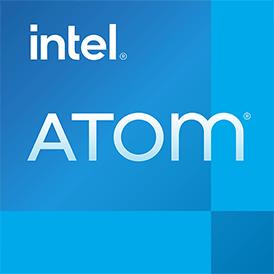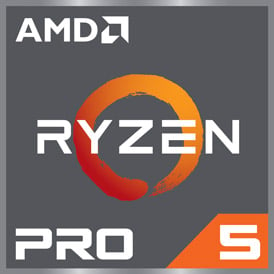 Geekbench 5, 64bit (Multi-Core)
Geekbench 5, 64bit (Multi-Core)
|
|
AMD Ryzen 5 PRO 4650G
6C 12T @ 3.7 GHz
|
6507
|
|
|
Intel Atom C3508
4C 4T @ 1.6 GHz
|
660
|
 Geekbench 6 (Multi-Core)
Geekbench 6 (Multi-Core)
|
|
AMD Ryzen 5 PRO 4650G
6C 12T @ 3.7 GHz
|
6017
|
|
|
Intel Atom C3508
4C 4T @ 1.6 GHz
|
711
|
 iGPU - FP32 Performance (Single-precision GFLOPS)
iGPU - FP32 Performance (Single-precision GFLOPS)
|
|
AMD Ryzen 5 PRO 4650G
6C 12T @ 3.7 GHz
|
1702
|
 Geekbench 6 (Single-Core)
Geekbench 6 (Single-Core)
|
|
AMD Ryzen 5 PRO 4650G
6C 12T @ 3.7 GHz
|
1562
|
|
|
Intel Atom C3508
4C 4T @ 1.6 GHz
|
215
|
 Geekbench 5, 64bit (Single-Core)
Geekbench 5, 64bit (Single-Core)
|
|
AMD Ryzen 5 PRO 4650G
6C 12T @ 3.7 GHz
|
1194
|
|
|
Intel Atom C3508
4C 4T @ 1.6 GHz
|
250
|

